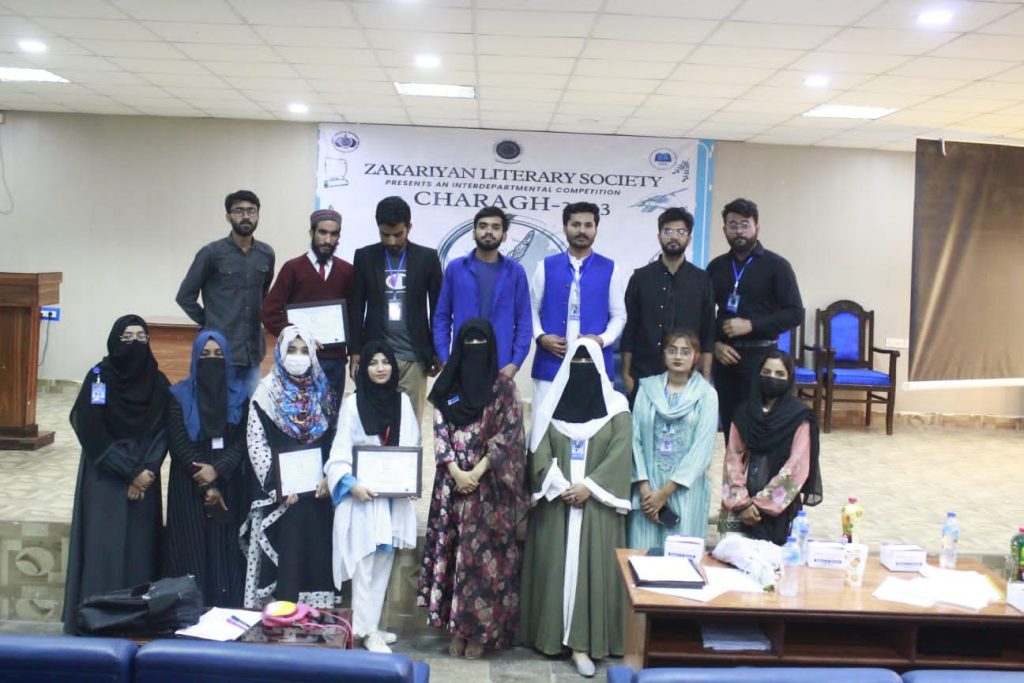Education is a cornerstone of personal and national development, shaping the future of youth and consequently the trajectory of a country. Pakistani Youth make up a significant portion of the population, the Education System plays a pivotal role in addressing current and future challenges. This article explores the state of youth and education in Pakistan, examining existing issues, opportunities for improvement, and the impact on the nation’s future.

Current State of Youth and Education in Pakistan
Demographics and Education Needs
Pakistan has a youthful population, with a substantial percentage under the age of 25. This demographic presents both opportunities and challenges. The country’s education system is tasked with equipping this vibrant group with the skills and knowledge necessary to drive national progress. However, several issues impact the effectiveness of this system.
Challenges in the Education System
Access and Enrollment
One of the primary challenges is ensuring access to education for all youth. Rural areas, in particular, face significant barriers, including inadequate school infrastructure and a lack of qualified teachers. According to recent statistics, enrollment rates in rural regions lag behind urban areas, affecting the overall literacy rate.
Quality of Education
Quality of education remains a critical issue. Many schools, especially in underserved areas, suffer from outdated curricula and insufficient resources. This disparity results in uneven educational outcomes and limits the potential of many students. The quality of education also varies widely between public and private institutions, with private schools often offering better facilities and more innovative teaching methods.
Gender Disparity
Gender disparity in education is another significant concern. Although progress has been made, girls in certain regions still face cultural and societal barriers that hinder their educational opportunities. Early marriages, cultural norms, and safety concerns contribute to lower female enrollment and higher dropout rates among girls.
Impact of Technology
Digital Divide
The digital divide is a growing issue in Pakistan. While urban centers are increasingly adopting digital tools and online learning platforms, many rural areas lack the necessary infrastructure and internet access. This divide exacerbates educational inequalities and limits opportunities for remote and digital learning.
Integration of Technology
Efforts are being made to integrate technology into education, but challenges remain. Schools are slowly adopting digital tools, and there are initiatives to provide online resources and e-learning platforms. However, widespread implementation is hampered by resource constraints and uneven distribution of technological resources.
Opportunities for Improvement
Educational Reforms
Educational reforms are essential to addressing the current challenges. The government and various organizations are working towards updating curricula, improving teacher training, and enhancing school infrastructure. Recent initiatives include introducing vocational training programs and focusing on STEM (Science, Technology, Engineering, and Mathematics) education to better prepare students for the modern job market.
Public-Private Partnerships
Public-private partnerships can play a crucial role in improving education quality and access. Collaborations between government entities and private organizations can help fund educational projects, develop innovative teaching methods, and expand access to quality education. Several successful models of such partnerships are emerging, demonstrating their potential for positive impact.
Empowering Girls and Women
Efforts to empower girls and women through education are gaining momentum. Organizations and government programs are working to address barriers to female education, providing scholarships, and creating safe learning environments. Promoting gender equality in education is not only a matter of social justice but also contributes to broader economic and social development.
Role of NGOs and Community Initiatives
Non-Governmental Organizations (NGOs)
NGOs play a significant role in addressing educational challenges in Pakistan. They work on various fronts, including improving school facilities, providing educational materials, and offering scholarships. NGOs also focus on raising awareness about the importance of education and advocating for policy changes.
Community-Based Programs
Community-based programs are crucial for addressing local educational needs. Initiatives such as community schools and adult literacy programs help bridge gaps in education, particularly in remote areas. These programs often involve local stakeholders and are tailored to address specific community challenges.
Future Prospects
Youth Employment and Skills Development
The connection between education and employment is critical for the future of Pakistani youth. As the job market evolves, there is a growing need for skills development programs that align with industry demands. Vocational training, internships, and apprenticeships can help bridge the gap between education and employment, preparing youth for diverse career opportunities.
Promoting Lifelong Learning
Promoting lifelong learning is essential in a rapidly changing world. Encouraging a culture of continuous education and skill development can help youth adapt to new challenges and opportunities. Adult education programs and online learning platforms provide avenues for ongoing learning and personal growth.
Conclusion
The state of youth and education in Pakistan reflects both significant challenges and promising opportunities. Addressing issues such as access, quality, and gender disparity requires concerted efforts from the government, educational institutions, and communities. By focusing on educational reforms, leveraging technology, and fostering public-private partnerships, Pakistan can enhance its education system and better prepare its youth for the future.
FAQs
- What are the main challenges facing education in Pakistan?
- Challenges include access to education, quality disparities, gender inequality, and the digital divide.
- How can public-private partnerships improve education in Pakistan?
- Public-private partnerships can provide funding, innovative teaching methods, and expanded access to quality education.
- What role do NGOs play in improving education?
- NGOs work on improving school facilities, providing educational materials, offering scholarships, and advocating for policy changes.
- How can technology be better integrated into education in Pakistan?
- Efforts should focus on improving infrastructure, providing training for educators, and ensuring equitable access to digital resources.
- What steps are being taken to empower girls and women in education?
- Initiatives include providing scholarships, creating safe learning environments, and addressing cultural barriers to female education.


